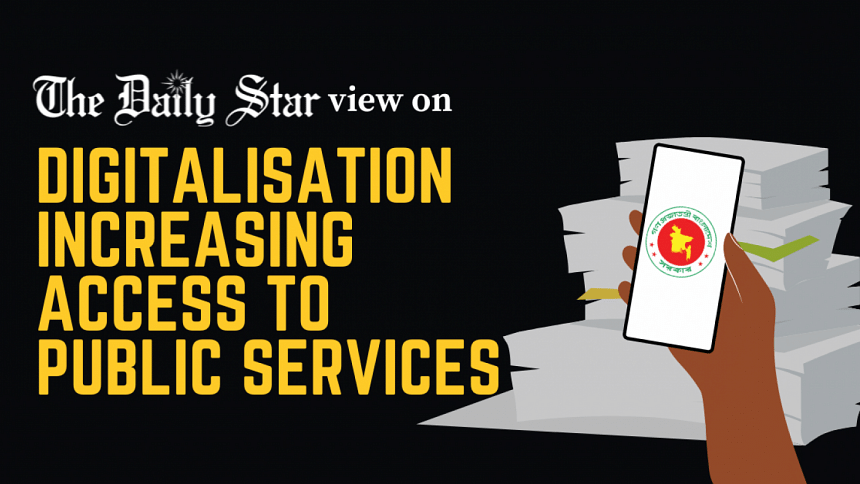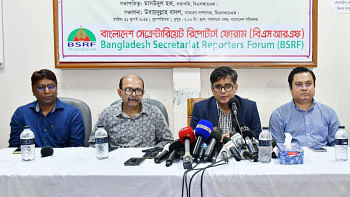Digitalisation of public services is paying off

We're glad to learn that the government's digitalisation drive is bringing desired benefits to the people, as has been revealed in a study by the Implementation Monitoring and Evaluation Division (IMED). It is indeed a leap forward that digitalisation of 66 percent of services offered by six ministries/divisions is saving both time and money of the service-seekers. Reportedly, as many as 161 services out of the 244 provided by 28 agencies under those six ministries and divisions have been digitalised. Among the relevant ministries are education, land, health and family welfare, and primary and mass education.
A further look at the IMED report, based on interviews with service recipients and providers, reveals that 92 percent of recipients saved extra cost and 96 percent saved extra time because of digitalisation. Some 70 percent said they had faced no "hassle" which one would while those offices were run manually. While this is not to say that problems no longer exist in accessing those services – and one maybe inclined to take official figures with a pinch of salt – it nevertheless marks a significant improvement from when no file moved without money, and service-seekers had to go through barriers every step of the way.
One may recall the massive sufferings caused when people visited the land offices for services concerning sale or purchase of land. People often had a nightmarish experience while seeking land mutation and other papers, spending large sums of money and waiting for weeks/months for desired documents. But now that process has become easier after the government digitalised 10 services under five departments of the land ministry. People can now apply for e-mutation of land and receive the document in seven days, whereas, in the past, it would take at least 28 days. So far, more than three crore people got land registration by paying the land development tax online, without spending additional money.
But significant challenges still exist, even in sectors that went fully online or are still pursuing an online-offline model, thanks to lack of digital literacy, slow and often complicated bureaucratic procedures, and the intervention of middlemen in cahoots with corrupt officials, who have found a way to exploit the online system. Also, some important sectors are still limping under the manual system. The reluctance of the past and present bosses of these agencies and departments to derive the benefits of digitalisation should be addressed. In a technology-driven world, digitalisation is a must, and the authorities must fully embrace it sooner than later.

 For all latest news, follow The Daily Star's Google News channel.
For all latest news, follow The Daily Star's Google News channel. 





Comments